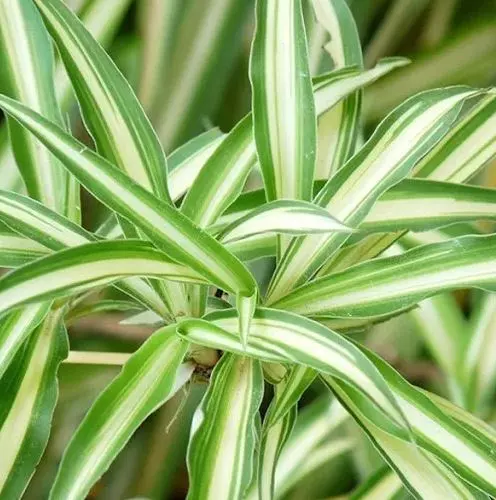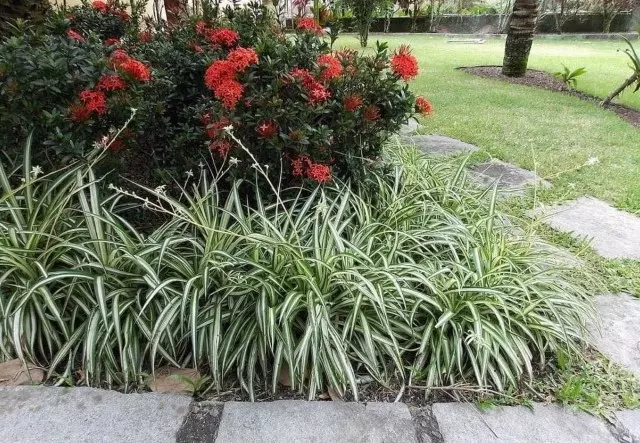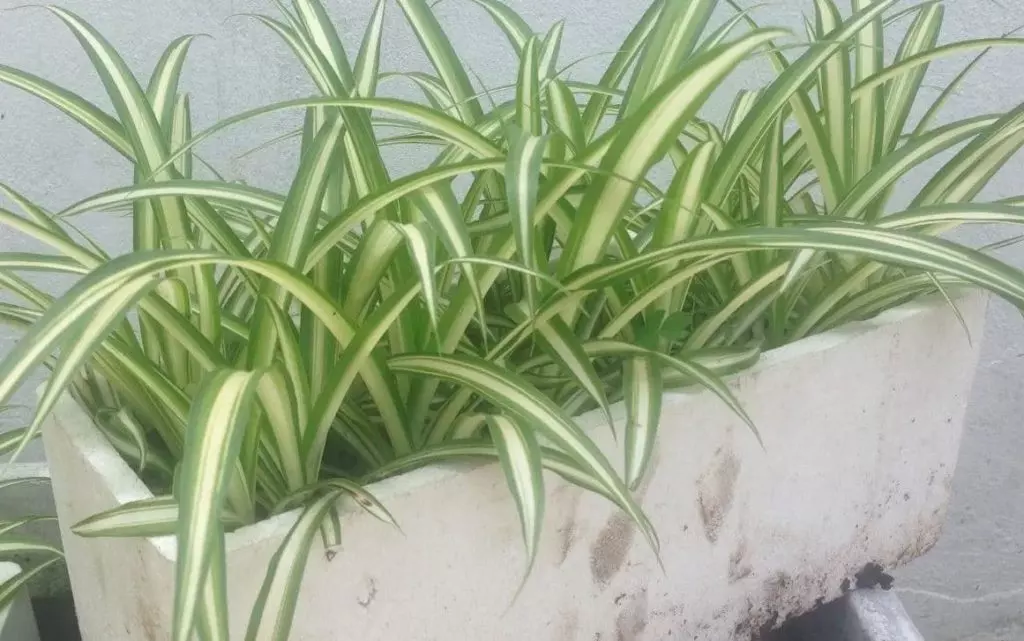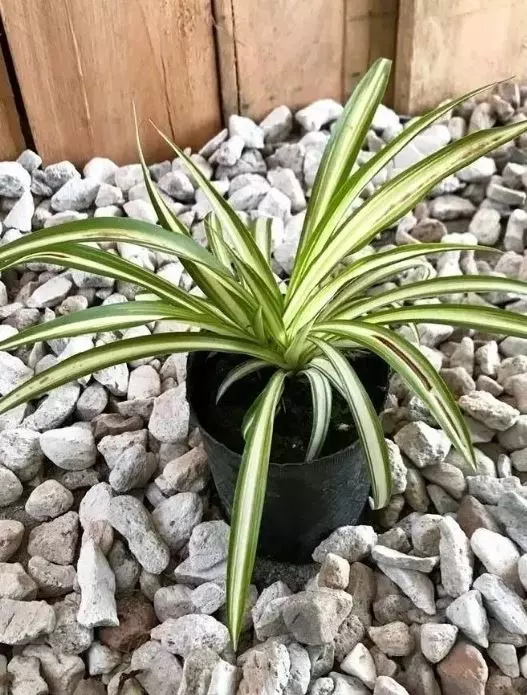If you have your spider plants with brown tips you have come to the right place. In this article, we will explain all the possible causes and how to solve the brown tips on the spider plants.
The spider plants are an evergreen herbaceous, highly valued for their beautiful leaves that resemble hanging ribbons, with the scientific name of Chlorophytum, and are native to southern Africa.
The flowers of spider plants are white, small with six conspicuous stamens, and last only about 24 hours.
Table of Contents
Spider Plants with Brown Tips Due to Low Humidity
Spider plants with brown tips reflect a lack of water, but can also be a symptom of a too dry atmosphere.
In these cases, an increase in watering is necessary, not in the amount of water, but the frequency, as well as higher ambient humidity, by spraying the foliage or by placing a bowl with water and pebbles or a humidifier in the vicinity.
If the plant is located in a passage area, and cold air currents can also cause the appearance of brown spots. Species should be moved away from windows when the house is to be ventilated and should not be placed in a frequent passageway where their foliage is rubbed.

Spider Plants with Brown Tips Due to Excess Light
If we have our spider plants outdoors, we must be sure to place them in a place with decent shade and humidity. The direct sun does not like them and will cause the soil to dry out and then we could have spider plants with brown tips.
The spider plants that we have indoors should be placed in a place with indirect sunlight, this can be through a window. Remember that too much sun will damage your spider plant and its leaves will turn brown.
Spider Plants with Brown Tips Due to Overwatering or Under-Watering
Overwatering or underwatering is a common cause of spider plants with brown tips.
If we water our plant too much what will happen is that its roots will rot, this will cause nutrients not to reach the entire plant, resulting in brown tips on the leaves. If we fail to reverse this will cause the plant to die.
On the other hand, if there is a lack of watering, the leaves of the spider plant will slowly dry out. This plant should be watered when the soil is dry, we recommend never watering if the soil is wet.
As for a Chlorophytum comosum with little watering, we should simply evaluate the substrate, the pot, and then water it. We recommend terracotta pots because they are the best for their excellent drainage.
In the case that we have a spider plant overwatered the first thing to do obviously is to stop watering it, then we will remove the parts of the plant that we see with damage to prevent it from spreading.
The best way to avoid water stress in plants, in general, is to use a wooden stick and insert it into the soil, if the first 2” (5 cm) are dry the plant needs to be watered.
Also, to save a plant with an excess of irrigation what we must do is to repot it to a new pot with good drainage and suitable substrate.

Overfertilizing Causing Salts to Build Up
If we fertilize our plant too much, we will cause an accumulation of salts, this will cause spider plants with brown tips. The best thing to do is to control the amount of fertilizer that we apply to our plant since an excess will intoxicate it and could damage its roots.
To save our plant from an excess of salts what we must do is to repot it in new soil. You can also stop fertilizing and water the soil to rinse the excess salts.
Spider plants need to be fertilized only once every 3 months and we will do this during the growing season. The amount of fertilizer to apply will be the amount stated on the manufacturer’s label, it can be liquid or solid fertilizer.
Fluoride Content in Water
Excess fluoride can be toxic to all plants in general. Spider plants with brown tips are also a product of excess fluoride.
When we have excess fluoride in our water it will build up in the plant and cause various problems such as inhibiting the natural process of photosynthesis in the plant. Eventually, the plant will turn brown because it cannot photosynthesize, which is the way plants feed themselves.
If you already know that the tap water where you live has excess fluoride it could be causing brown leaves on spider plants. You can rinse the soil with distilled water to remove the excess fluoride. Simply water with distilled water for several days, without exceeding the amount of watering.
Another way to avoid fluoride is to water with rainwater, you can put some jars when it rains and collect that water for your plant. You should also use soil with high levels of calcium to avoid possible fluoride toxicity.

Diseases in Spider Plants
Another cause of spider plants with brown tips is the diseases that can affect them. We will be able to avoid most of these diseases in spider plants if we control humidity and watering.
It can be attacked by mealybugs or aphids that appear at the base of the leaves or underside. They should be eliminated manually or with insecticides. If the ambient humidity is very low, it is susceptible to infestation by mites such as the red spider mite; spray the leaves every morning to avoid this annoying arachnid.
Final Conclusions on The Spider Plant
As a conclusion we can say that to avoid spider plants with brown tips we must follow the following guidelines:
- Control the watering of the plant, neither too much water nor too little water.
- Verify that they do not receive direct sunlight or their leaves will be damaged.
- Control the humidity of the plant.
- We should never fertilize this plant too much because it is not demanding.
We hope that this guide will be of great help and that you will be able to solve the problems in your Chlorophytum comosum.
Learn more about How to Propagate Spider Plant in Water.

